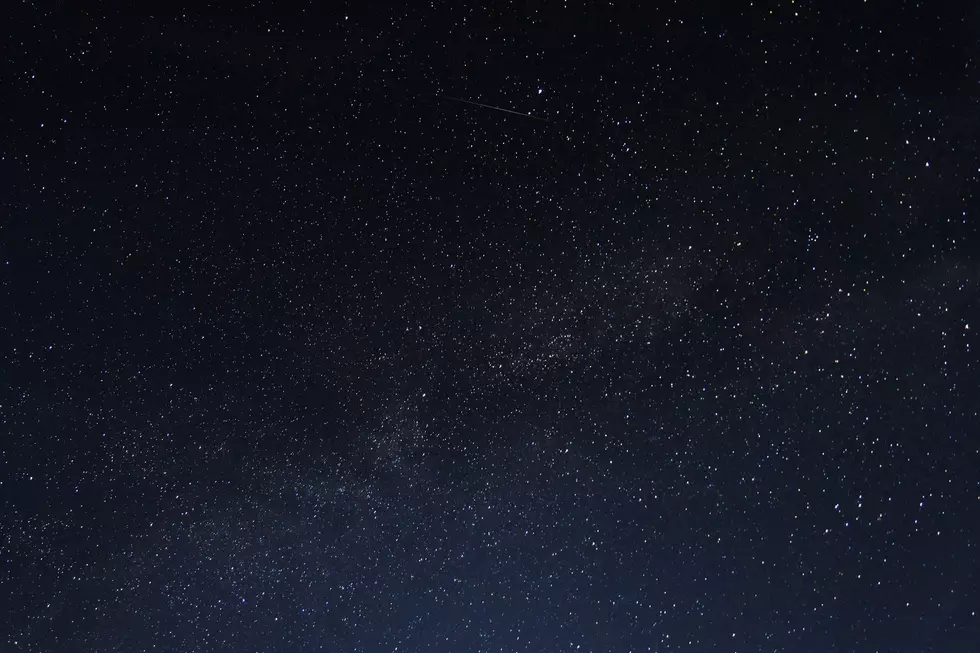
Planet to Appear at its Brightest Point in Years Above the Hudson Valley
Skies in the Hudson Valley are expected to be clear this week, which will provide the area with its best chance to catch a rare astronomical event. AccuWeather says we won't get an opportunity like this again until 2025.
Just back in early November, we got our last look at the total lunar eclipse until March 2025.
Mars to Shine Above the Hudson Valley
AccuWeather says that the planet Mars will appear brighter than it had in two years. Scientists say the red planet will rise in the eastern sky shortly after sunset Thursday and will set in the west just before sunrise. mars will reach its point of opposition, which is when the planet is on the opposite side of the Earth than the sun.
The last time Mars showed this bright was October 13, 2020. The next time we'll get to see something like this won't be until 2025. Space.com says that Mars will reach its highest point in the sky 74 degrees above the southern horizon, at around 11:41 PM.

Space.com says the distance to Mars from Earth varies considerably depending on their orbits around the Sun. The distance between the planets can vary anywhere from 33.9 million to 250 million miles apart. The current distance apart is about 51.9 million miles.
More Cool Stuff
The most active time of the year for meteor showers continues through December, and as always, they're saving the biggest one for last. The Orionid meteor shower peaked in October, followed by the Taurids and the Leonids in the month of November.
The last astronomical event of the year also happens to be the most active. And according to AccuWeather, onlookers could expect to spot over 100 meteors an hour.
The Biggest Meteor Shower of the Year
AccuWeather says that the Geminid meteor shower, which is the most active shower of the year, will peak night of Tuesday, December 13, into the early hours of Wednesday, the 14th. And the thing about the Geminids is that you don't necessarily have to stay up late or get up very early to see them. AccuWeather says that the streaks of light can be seen right after dusk.
The height of the meteor shower though will come around 2 AM, Wednesday.
One thing that could hamper the peak of the shower is the Moon, so perhaps the earlier time is better for viewing. In some years, 120 to 180 meteors have been reported per hour with the Geminids.
Origins
The Geminid meteor shower is the debris left from the rock comet 3200 Phaethon. The meteor shower gets its name because it can be seen as white or yellowish streaks in the night sky, coming from the direction of the constellation Gemini. You'll want to be away from as many city lights as possible for the best viewing opportunity.
Celebs Share Their Personal Paranormal Stories
More From WPDH-WPDA









